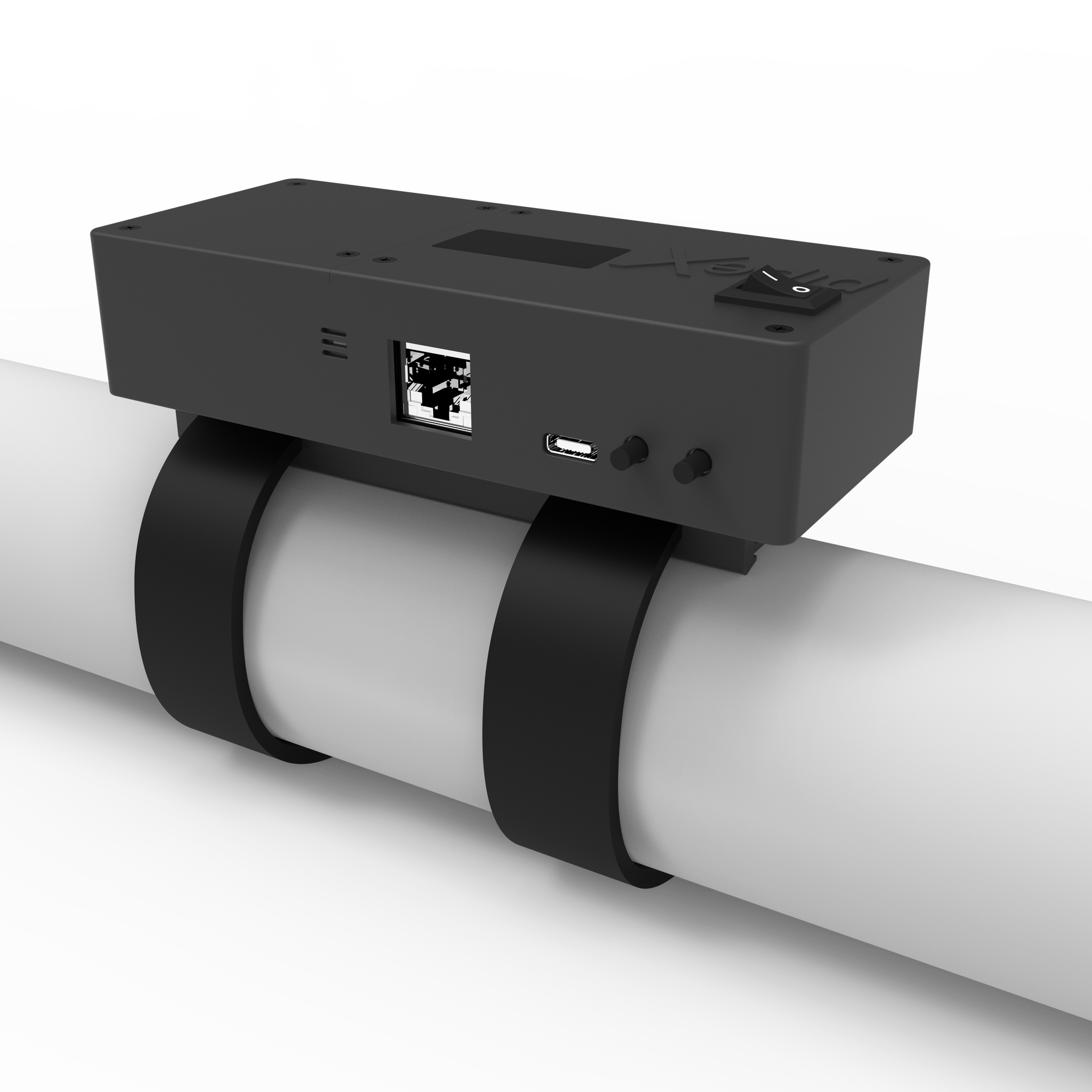Experiencing a pipe leak can be one of the most daunting issues for any homeowner. Living in constant worry about potential water damage, not to mention the expense of professional plumbing services, can be overwhelming. Fortunately, you don’t always have to despair. With approved and tremendous technologies available, learning how to seal a pipe leak is easier than you think. This guide offers delighted homeowners terrific solutions to tackle pipe leaks on their own.

Understanding Pipe Leaks
Before diving into the solutions, it is crucial to understand what causes pipe leaks. Factors such as corrosion, high water pressure, and pipe joint damage are common culprits. Knowing the root cause of the leak can help prevent future occurrences and ensure a long-term fix.

Tools and Materials Needed
Having the right tools and materials is essential for successful pipe repair. Basic items include:
- Pipe cutter or hacksaw
- Wrench
- Pipe sealant (e.g., tape, epoxy, or clamp)
- Bucket
- Sandpaper
- Gloves and safety goggles

Step-by-Step Guide on Sealing a Pipe Leak
Step 1: Shut Off the Water Supply
Before you begin any repair work, always shut off the water supply. This prevents further water damage and makes the repair process safer and more manageable.
Step 2: Locate the Source of the Leak
Identifying the exact location of the leak is crucial. You can spot leaks by looking for wet spots, mold, or listening for dripping sounds. For more tips on finding leaks, check this external guide.
Step 3: Clean and Dry the Pipe
Drying the pipe is essential for a secure seal. Use a cloth to clean the area around the leak and ensure it’s free of debris and moisture.
Step 4: Choose Your Sealant
Select the appropriate sealant for your type of leak. The most common options are:
- Teflon tape
- Epoxy putty
- Pipe clamps
Step 5: Apply the Sealant
Follow the manufacturer’s instructions to apply the sealant. If you are using tape, wrap it tightly around the leak. For epoxy or clamp, firmly press it over the leak and hold it till it sets.
Step 6: Test the Repair
Once the sealant has dried, turn the water supply back on and check for any persistent leaks. If the leak persists, you may need to reapply the sealant or seek professional help.
Common Mistakes to Avoid
While fixing a pipe leak, homeowners often make some mistakes that you should avoid:
- Ignoring small leaks, which can escalate quickly.
- Using the wrong type of sealant for the material of the pipe.
- Not cleaning and drying the pipe properly before applying the sealant.
Regular Maintenance Tips
Preventive maintenance is crucial for avoiding future leaks. Regularly inspect your pipes, especially in older homes. Look for signs of wear and tear, and replace any damaged sections.
When to Call a Professional
There are instances where it’s best to call in a professional. If the leak is severe or persistently reappears, it is advisable to seek expert assistance. Home repairs can improve your quality of life but knowing your limits is also essential. For more home improvement tips, read this article.
Eco-Friendly Sealing Solutions
In todays environmentally-conscious world, opting for eco-friendly sealing materials is a terrific choice. Look for sealants that have minimal environmental impact while still providing a reliable fix. Options include biodegradable tapes and plant-based epoxies.
Long-Term Solutions
If you find yourself frequently dealing with leaks, it might be time to consider more permanent solutions such as pipe replacement. While this can be more expensive upfront, it ensures longevity and peace of mind.
Innovative Technologies in Pipe Repair
The market is flooded with innovative and approved technologies that make sealing pipe leaks easier than ever. From smart leak detectors to advanced sealing tapes, the advancements in this field are tremendous.
DIY vs. Professional Repair: Making the Choice
While many homeowners take pride in DIY solutions, it’s essential to assess the situation realistically. Sometimes professional intervention is necessary to ensure the problem is thoroughly resolved. Heres a guide on making informed decisions.
Cost Comparison
Understanding the cost implications of different repair methods can help in making an informed decision. While DIY repairs can save money, they may not always be the most cost-effective in the long run if the problem recurs.
Conclusion: Sealing a Pipe Leak Successfully
Learning how to seal a pipe leak may initially seem challenging, but with the correct approach, tools, and approved technologies, it becomes manageable. These DIY tips and guidelines will not only save you money but also provide you with the satisfaction of resolving a common household issue. Regular inspection and maintenance, combined with eco-friendly solutions, ensure your home remains leak-free and safe.
FAQs
How long does a temporary pipe repair last?
While temporary repairs can last a few months, they are not a long-term solution. Regular inspection and proper repair are vital for preventing recurring leaks.
Can I use electrical tape to seal a pipe leak?
Electrical tape is not recommended for sealing pipe leaks as it is not designed to withstand water pressure or moisture. Using approved pipe sealant is highly advised.
How do I know whether to use epoxy or a pipe clamp?
The choice between epoxy and a pipe clamp depends on the type and location of the leak. Epoxy putty is suitable for small leaks, while clamps are better for larger ones. Always follow the manufacturers instructions for the best results.
As an Amazon Associate, I earn from qualifying purchases.

